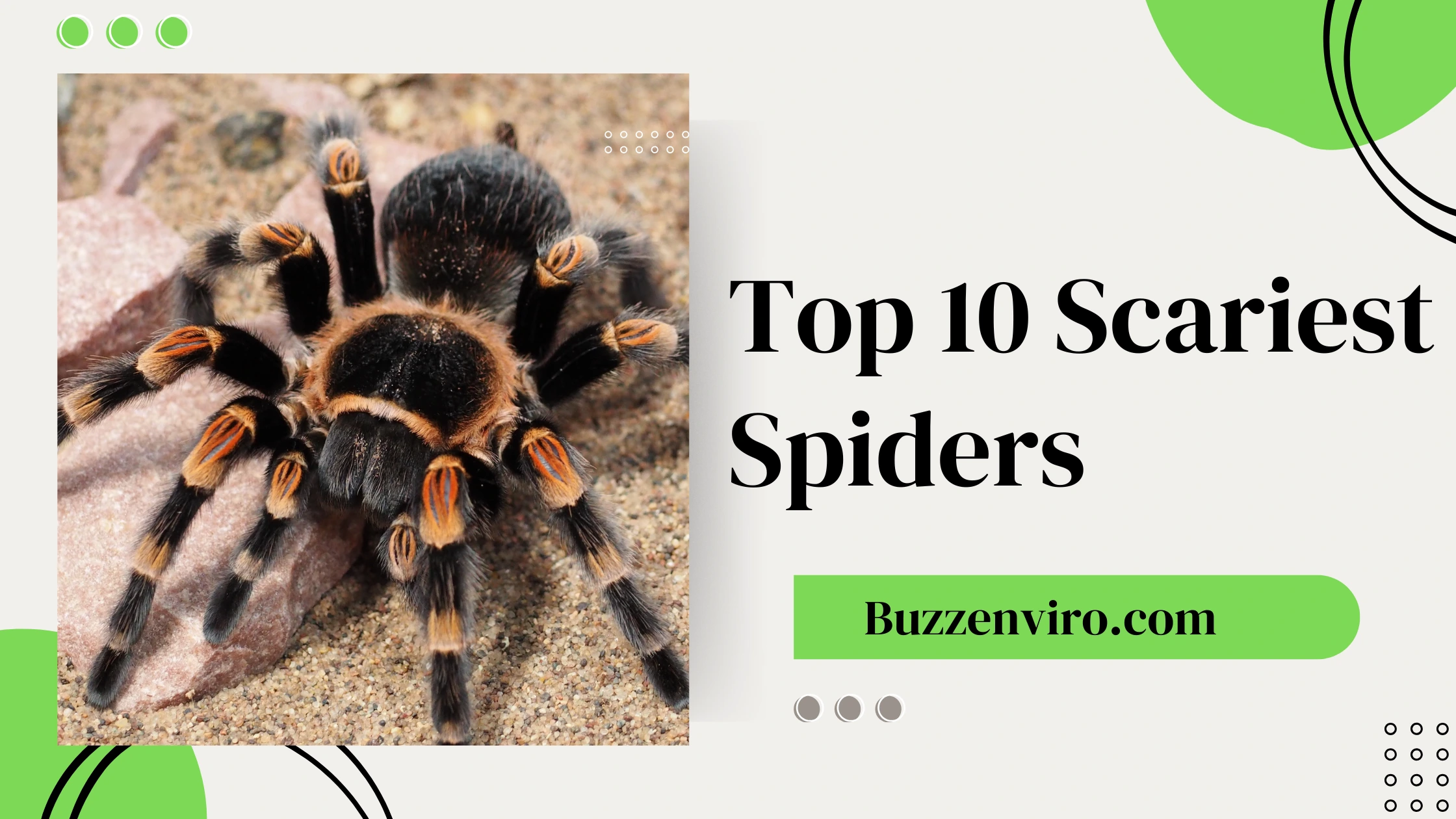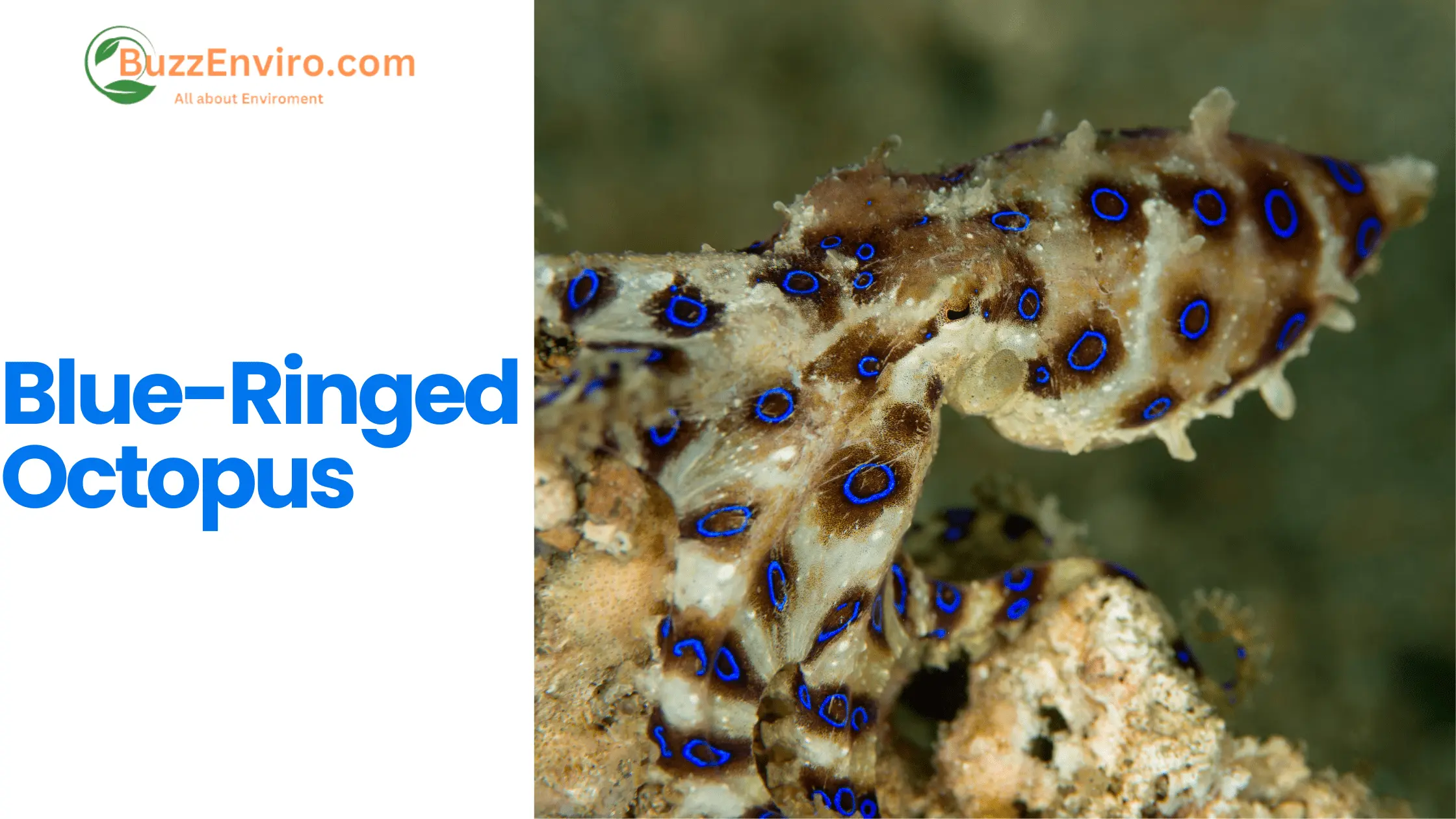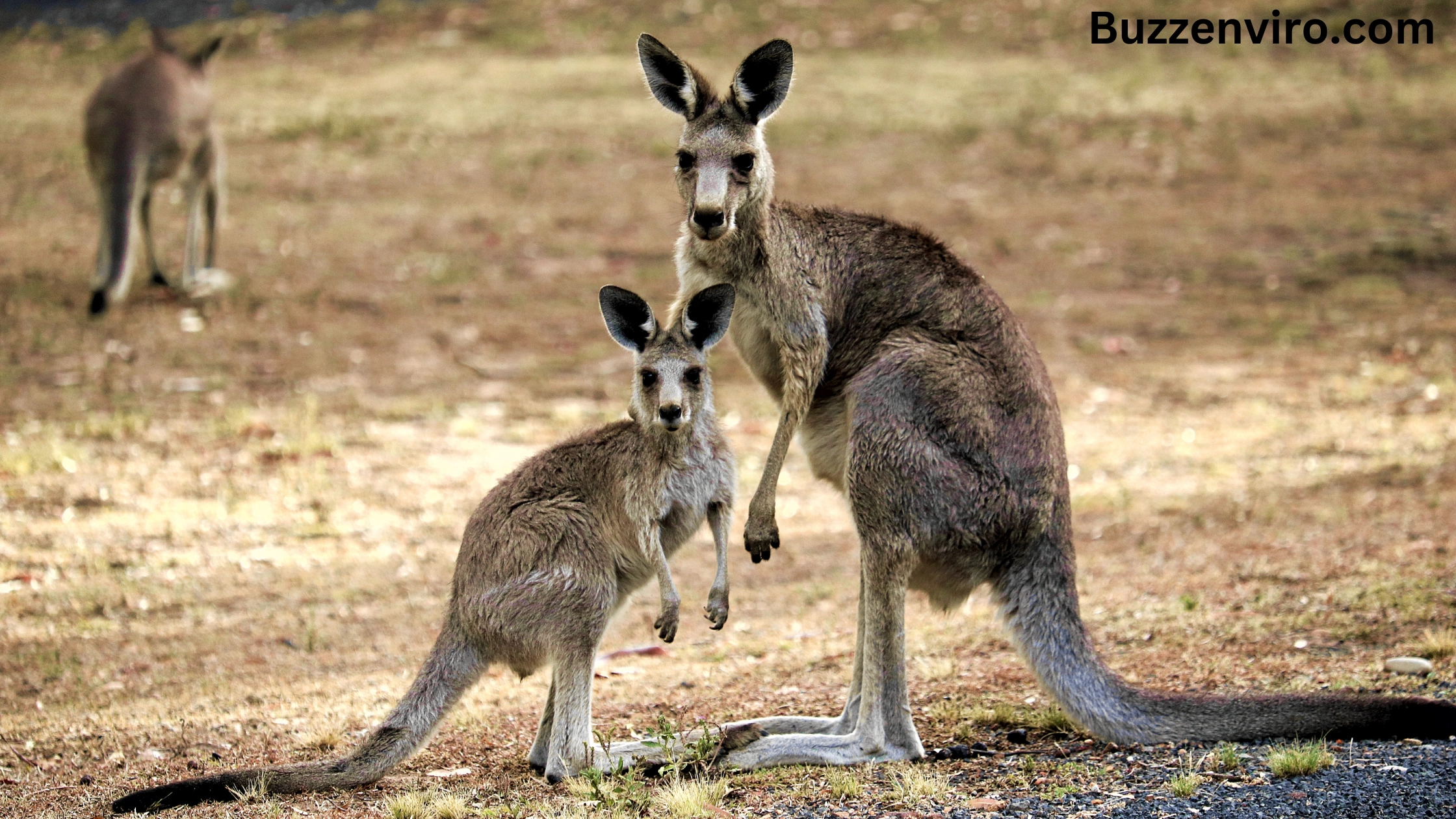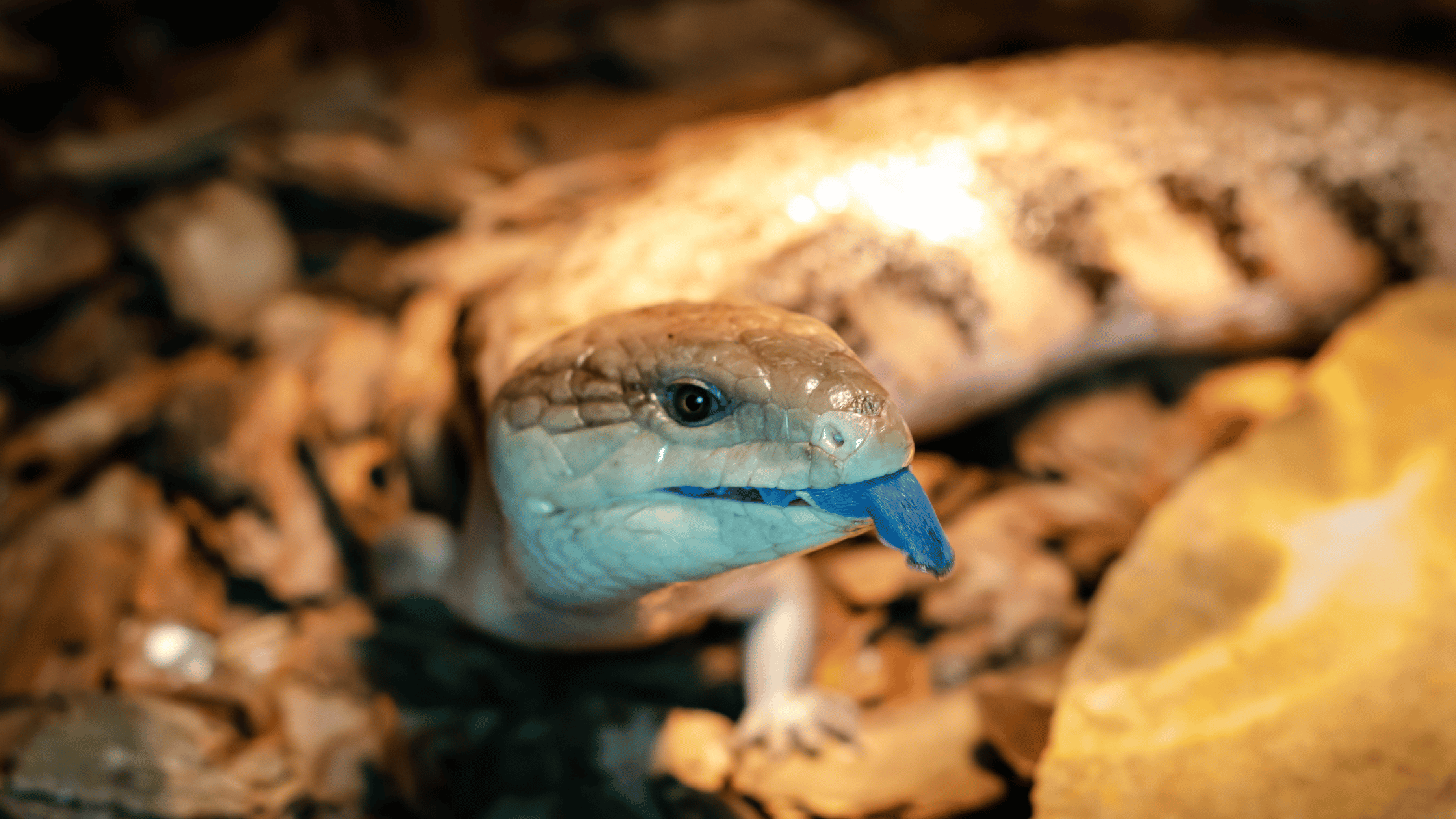Spiders are some of the most feared creatures on Earth, not just because of their appearance, but also due to their venomous bites and hunting prowess. While most spiders are harmless to humans, a few species have evolved to be highly dangerous, intimidating, and deadly. In this blog post, we will explore the top 10 scariest spiders, providing key details like size, venom, hunting style, and unique traits that make them particularly terrifying. Whether you’re a spider enthusiast or someone who prefers to avoid them at all costs, you’ll find these arachnids fascinating and chilling.
1. Brazilian Wandering Spider (Phoneutria spp.)

Size: Up to 6 inches (15 cm) leg span
Venom: Potent neurotoxin, capable of causing paralysis and death if untreated
Hunting Style: Active hunter, known for stalking and chasing prey
Other Information: The Brazilian Wandering Spider holds the title of the world’s most venomous spider. Its venom can cause severe pain, paralysis, and even death in humans if not treated immediately. It’s called the “wandering” spider because it actively roams rather than building webs, making it an unpredictable and terrifying predator. Found in South and Central America, these spiders are known to invade homes, especially in rural areas.
Also Read:- All about venomous snakes
2. Sydney Funnel-web Spider (Atrax robustus)
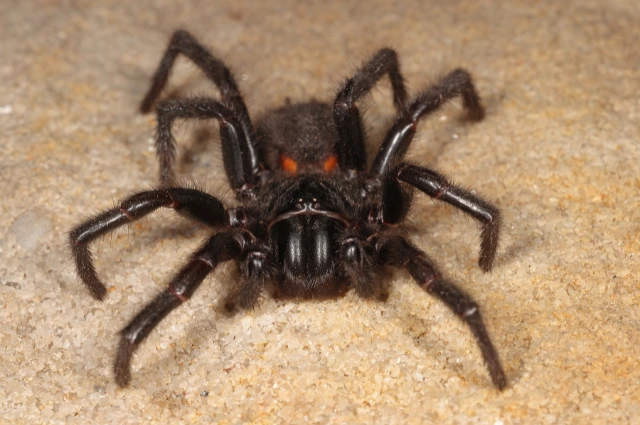
Size: Up to 2.5 inches (6 cm)
Venom: Neurotoxin that can cause severe symptoms and death in humans
Hunting Style: Ambush predator, hiding in burrows and waiting for prey
Other Information: This spider is notorious for its aggressive behavior and potent venom, making it one of Australia’s most dangerous creatures. The Sydney Funnel-web Spider waits for prey to come close to its burrow, where it strikes with incredible speed and accuracy. Its venom can cause extreme reactions in humans, but thanks to antivenom, fatalities are rare today.
3. Black Widow Spider (Latrodectus mactans)

Size: Up to 1.5 inches (4 cm)
Venom: Latrotoxin, a neurotoxin that can cause muscle pain, cramps, and respiratory issues
Hunting Style: Web-builder, lures prey into its web
Other Information: The Black Widow Spider is infamous for its red hourglass marking on its abdomen. While its venom is deadly, it typically only attacks humans when threatened. The venom causes severe muscle pain and cramping but is rarely fatal due to medical treatments. Despite its size, this spider’s distinctive appearance and venomous bite have earned it a place on this list.
4. Tarantula (Theraphosidae family)

Size: Up to 12 inches (30 cm) leg span
Venom: Mild, causes irritation and pain but not lethal to humans
Hunting Style: Ambush predator, pounces on prey with great speed
Other Information: Tarantulas are giant spiders that evoke both fear and awe. Though their venom is not deadly to humans, their sheer size and intimidating appearance make them one of the scariest spiders around. Tarantulas are generally nocturnal, waiting patiently in their burrows or on the ground to ambush their prey, which can include insects, small mammals, and even birds.
5. Goliath Birdeater (Theraphosa blondi)

Size: Up to 12 inches (30 cm) leg span
Venom: Non-lethal, causes mild swelling and pain
Hunting Style: Ambush predator, waits for prey to come close
Other Information: As the largest spider in the world by mass, the Goliath Birdeater is certainly intimidating. Found in the rainforests of South America, this spider can hunt birds, small reptiles, and amphibians. While its venom isn’t deadly to humans, its size, strength, and terrifying appearance make it one of the most feared creatures in the arachnid world.
6. Brown Recluse Spider (Loxosceles reclusa)

Size: Up to 1 inch (2.5 cm)
Venom: Necrotic, causes tissue death and severe skin ulcers
Hunting Style: Stealthy, hides in dark corners and attacks when disturbed
Other Information: The Brown Recluse Spider is infamous for its venom, which can cause severe necrosis if not treated. Its bite is often painless at first, but the venom quickly begins to cause tissue death around the bite site. This spider is not aggressive, and bites typically occur when the spider is inadvertently disturbed. Its ability to blend in with its surroundings makes it one of the most dangerous spiders to encounter.
7. Six-eyed Sand Spider (Sicarius spp.)

Size: Up to 2 inches (5 cm) leg span
Venom: Cytotoxic and neurotoxic, causes severe internal bleeding and tissue necrosis
Hunting Style: Ambush predator, waits in burrows for prey to pass
Other Information: Native to the deserts of Southern Africa, the Six-eyed Sand Spider is one of the deadliest spiders in the world, known for its fast-acting venom that causes severe symptoms like internal bleeding and tissue destruction. Despite its size, the Six-eyed Sand Spider is incredibly elusive and rarely encountered by humans. Its cryptic behavior and potent venom make it a true terror in the world of spiders.
8. Trapdoor Spider (family: Ctenizidae)

Size: Up to 2.5 inches (6 cm)
Venom: Mildly toxic, causes swelling and pain
Hunting Style: Ambush predator, hides in burrows with camouflaged lids
Other Information: The Trapdoor Spider is named for its unique hunting technique, which involves creating a camouflaged “trapdoor” that it uses to conceal itself. When prey passes by, the spider quickly opens its burrow door and strikes. While its venom isn’t deadly to humans, its sudden attacks and clever hunting technique make it a frightening creature to encounter.
9. Chilean Rose Tarantula (Grammostola rosea)
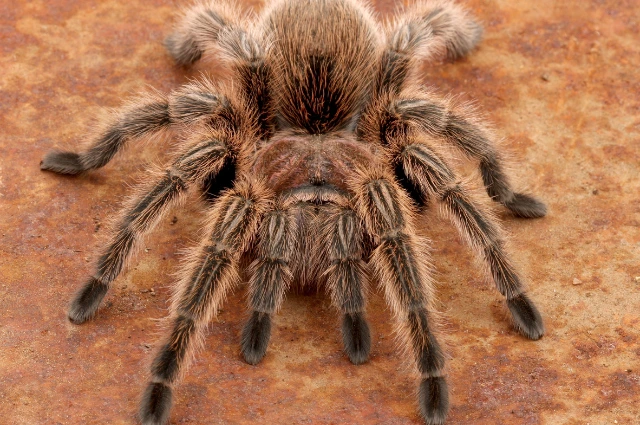
Size: Up to 5 inches (12 cm) leg span
Venom: Mild, causes itching and irritation
Hunting Style: Ambush predator, waits for prey to wander close
Other Information: While not as dangerous as some of the other spiders on this list, the Chilean Rose Tarantula is known for its calm demeanor and beautiful appearance. However, its large size and the fact that it can live for several decades in captivity make it a fascinating and intimidating species. It’s also known for its defensive behavior, flicking hairs from its abdomen when threatened.
10. P. lugubris (aka, “The Lethal Spider”)

Size: 1 inch (2.5 cm)
Venom: Neurotoxin, can cause severe systemic symptoms
Hunting Style: Ambush predator, hides and pounce
Other Information: Native to Southeast Asia, the P. lugubris spider has a potent venom that can cause paralysis, nausea, and even death. It’s known for its stealthy nature, often waiting for its prey to come close before striking. Though small in size, its lethal bite and ability to remain hidden make it one of the most dangerous spiders.
Conclusion
Spiders may evoke fear in many, but they are also fascinating creatures that play essential roles in ecosystems around the world. While the species listed above are undoubtedly among the scariest and most dangerous, they are also remarkable in their adaptations and hunting styles. Understanding these arachnids can help us respect their role in nature and avoid unnecessary fear. If you happen to encounter any of these terrifying spiders, remember that most prefer to avoid human contact, and bites are often preventable by exercising caution.
Have you ever encountered any of these spiders? Share your experiences in the comments below!
